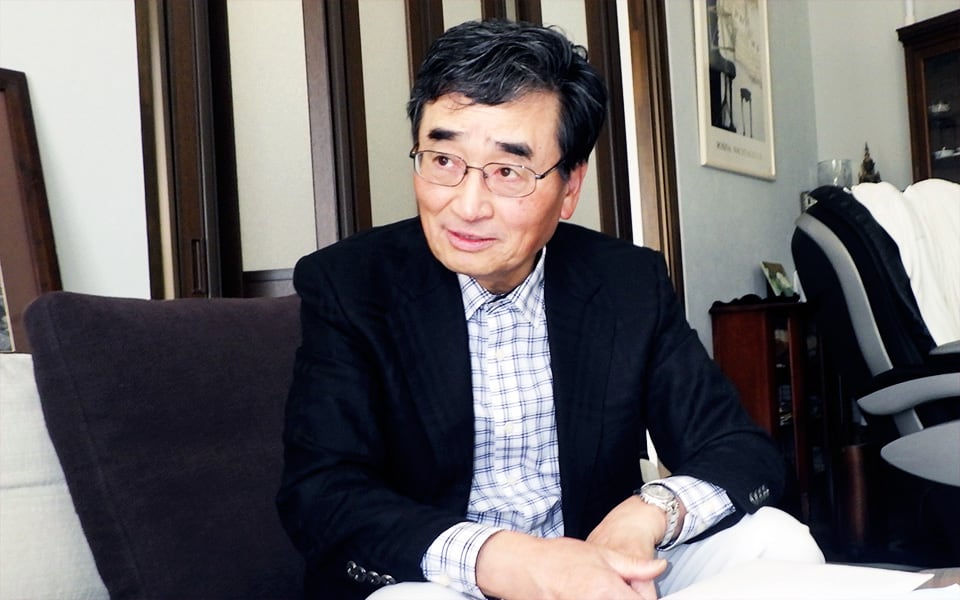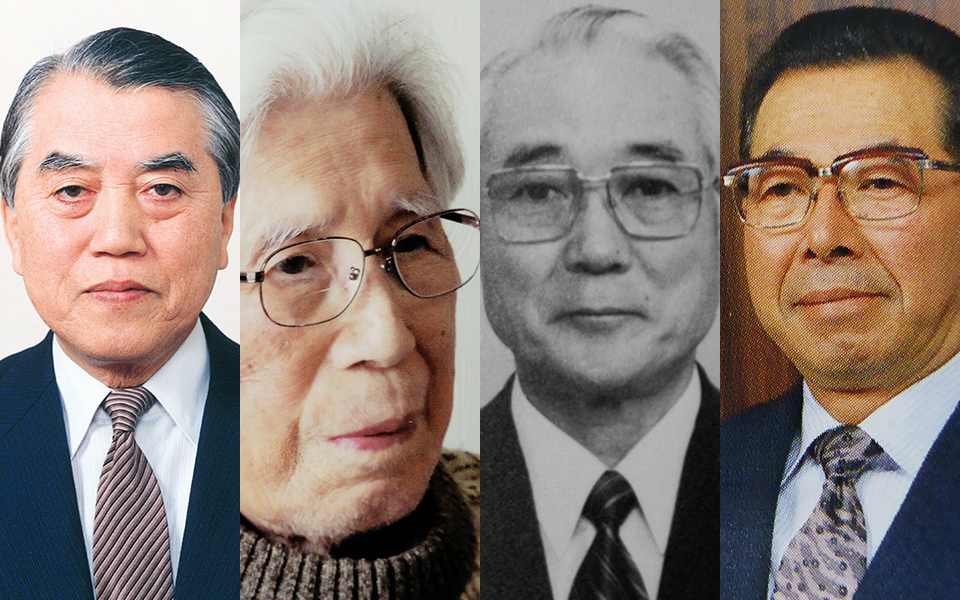
MESSAGE
Hiroki Nakajima, Chief Engineer for the 8th generation Hilux
Making the Hilux a Trusted Partner
As someone who worked on the layout of the Crown, Mark X, and Harrier, as well as serve as the chief engineer for the iQ, I developed mainly passenger cars in developed countries, so was quite surprised to be appointed chief engineer for the Hilux. If truth be told, I had not ridden much in the Hilux, a small truck sold globally with a focus on emerging nations, which have a lot of unpaved roads.
READ MORE
Masahiko Maeda, Chief Engineer for the 8th generation Hilux
The Appeal of the Hilux is in its Various Applications
When I was a university student, my ideal car was a pickup truck. I still remember the strong impact its unique form and feel had on me. While pickup trucks certainly don't have the sensation of acceleration and the agility of a sports car, they offer a high eye level and provide good views, so that you can have a blissful time, perhaps enjoying a comfortable drive while listening to jazz.
READ MORE
Kaoru Hosokawa, Chief Engineer for the 7th generation Hilux
Realizing the Reliability of Made in Japan with Made by Toyota
The Hilux originated in Japan. Over a period of many years, it has been widely praised in North America, Australia and Thailand for its outstanding reliability, durability and off-road performance. In 1976, local production commenced in Indonesia and the Philippines on the TUV (Toyota Utility Vehicle), a pick-up truck with a load capacity of one ton. In Indonesia, this TUV was called the Kijang. Since 1990, a multi-person passenger variant of this pick-up truck has even acquired a reputation as the Indonesian national car.
READ MORE
Masaaki Ishiko, Chief Engineer for the 6th generation Hilux
The Thrill of Realizing I had been Involved in Developing the Hilux for More than 18 Years
After joining Toyota Motor Corporation in 1967, I was involved in the design of vehicle suspension for many years and in 1980 was put in charge of the Hilux in the Product Planning Division. At that time, the development policy for the fourth generation had just been decided upon, following the debut of the third-generation Hilux. That Hilux model, which featured four-wheel drive for the first time and a remarkably tall vehicle height, left a major impact on the market.
READ MORE
Shigeo Asai, Chief Engineer for the 5th generation Hilux
Having worked on the model since its debut, the Hilux has helped make me the person I am today.
The original Hilux was launched in 1968, five years after I joined Toyota. I was responsible for designing the first-generation chassis frame, which ended up being my first foray into the vehicle's development.
READ MORE
1st to 4th generation Hilux Chief Engineers
Chief engineers of the Hilux first four generations.
READ MORE
Celebrating the 50th Anniversary of the Hilux
The first model I was assigned to after joining Toyota in 1985 was the fifth-generation Hilux, whose chassis development I worked on.
The Hilux has become popular in North America, Australia, and Asia as a compact commercial pickup truck with characteristic high levels of reliability, durability, and off-road agility.
It was just at the time of the boom in recreational vehicles, which were no longer just work vehicles but were being used by more and more people like passenger cars. We needed to improve its levels of ride quality and cabin comfort and the development work was really challenging. I have good memories of those times.
Over its history of fifty years, the Hilux has achieved a position of universal value. I would like to see it build on this in the future to continue evolving as a tough vehicle that can adapt to a range of different situations.
- CE for current Hilux (2018–)
- Sadayoshi Koyari
- Apr. 1985
- Joined Toyota Motor Corporation (TMC)
- Jan. 2005
- Project General Manager, Toyota Development Center 1
- Aug. 2007
- Chief Engineer, ZJ(Land cruiser), Toyota Development Center 1
- Jan. 2018
- Chief Engineer, ZB, CVZ, CV Company



